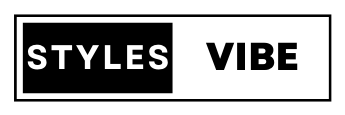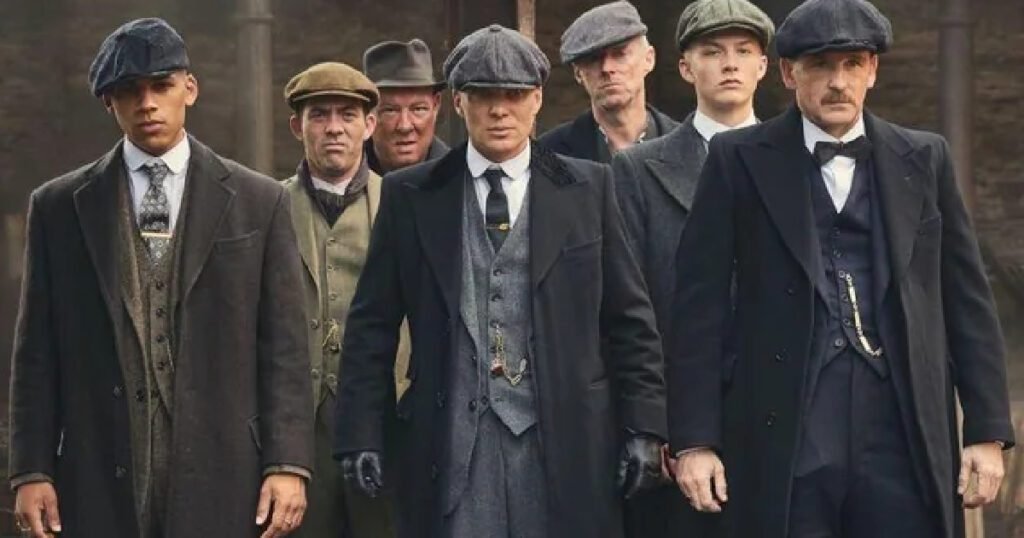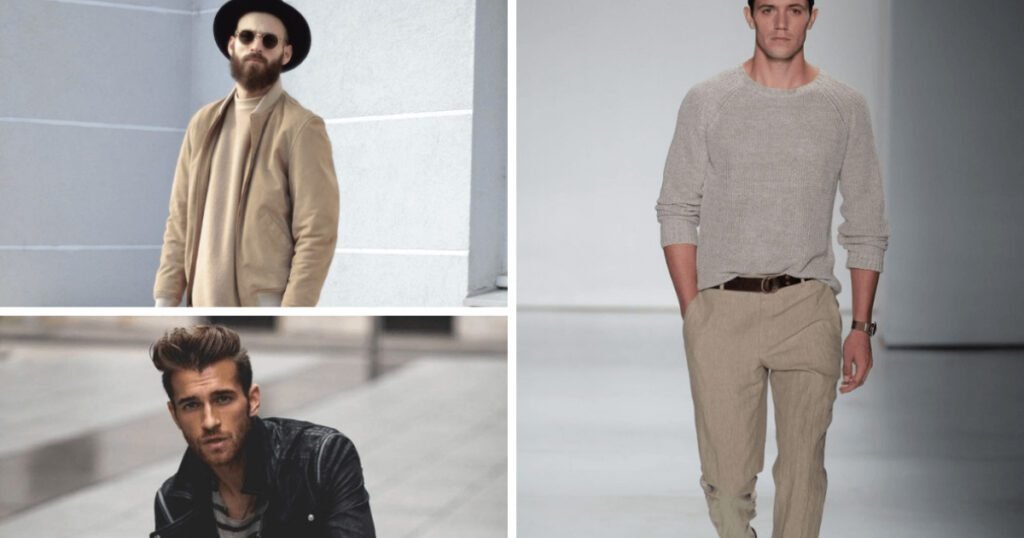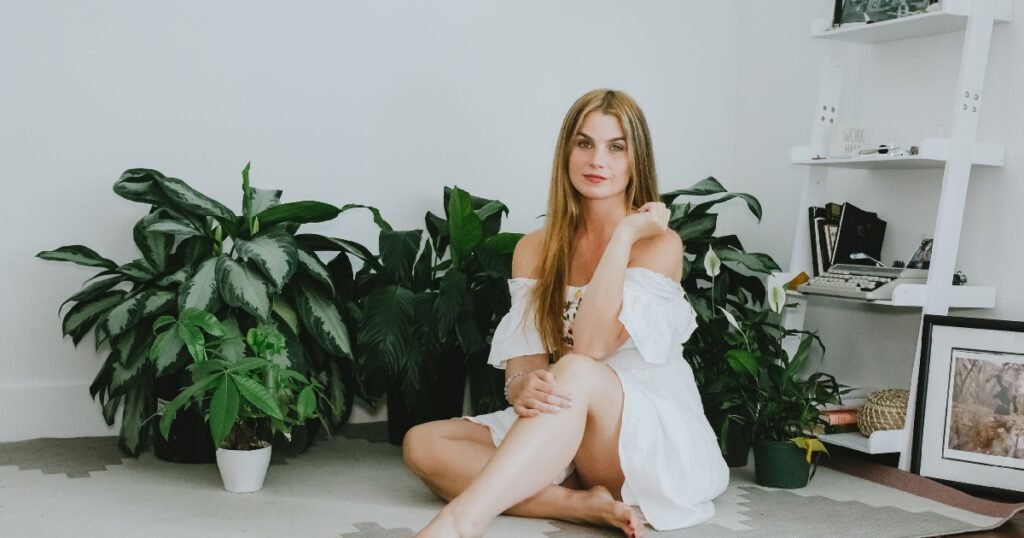What is 1920s Men’s Clothing?
This era of 1920s men’s fashion design marks a return by designers to traditional styles. This era was home to more comfortable and relaxed styles, with men’s Fashion embracing a newfound freedom. It was also the start of what we consider modern Fashion, with several trends that started in the 20s still affecting men’s clothing today.
The pinnacle of men’s wear evolution: Why was this decade important for the wiring jinni? The solution can be traced back to the changes in culture, economy, and society that were beginning. Next, we will go in-depth into what made 60s Fashion so significant.
The Influence of World War I
World War I had a profound influence on Fashion. Clothing changed considerably during wartime since clothes became more about utility and convenience than strict formality. For guys, this translated into a gravitation towards more straightforward pieces that were there not to be ornamented but for function (utility) and return posture.
Fashion Design Before the war, Victorian and Edwardian fashion ideas were heavily impacted, with everything formal for men. But we can imagine that their wardrobe became more functional in war’s harsh and cold actualities. Military uniforms heavily influenced post-war fashion, which featured straighter cuts, more straightforward designs, and more neutral colors of handsome jackets. We introduced the trench coat, which became a menswear staple during the war’s conclusion.
The Rise of the Modern Suit
The suit was the most significant change in 1920s men’s fashion. This decade saw the formation of what we know as a modern suit today, with its looser cut and softer fabric compared to more hard-structure suits from decades past.
The Sack Suit
The sack suit, an easier-fitting version of the frock coat and morning suit that had been popular since the 1860s, was THE most sought-after option. The sack suit was an informal men’s sports jacket style that originated in the United States. Sack suits are sometimes called “sacks” or 3/2 (said: “three buttons/two-buttons”) with a center vent; other names for sacks include three-button, Ivy League,[1] natural shoulder, unstructured and student style because they were popular among young people at elite universities.[citation needed]. It was usually paired with a high-waisted, flat-front trouser of the same fabric.
The Double-Breasted Suit
Double-breasted Suit: This style was also popular. It had two sets of buttons side by side, along with a wider lapel. This style was frequently seen in more formal spaces and taken as an icon of grace and sophistication.
Accessories and Detailing
This also saw men experiment with other materials, colors, and patterns in suits. Pinstripes, checks, and plaids especially took hold as the fashion for men looking to brighten Fashionlosets. Moreover, the 1920s men’s fashion saw an increase in wearing a three-piece suit with a matching waistcoat, seen as completing and making an attire look more put together.
Jean Style: The Beginning Of Casual Clothing
The first true ubiquity of casual wear as part of the male wardrobe can be traced back to the 1920s, which was followed by a global economic disaster. One cause was increased leisure wear, which was strongly related to sport and other practical clothes.
The Polo Shirt
The epic makers of informal attire wore polo shirts, which were introduced in this period. Originally intended to be worn by tennis players, the polo shirt has evolved into a versatile mainstay of men’s casual apparel. Because of this, it became associated with summer and short sleeves, typically paired with white trousers or knickerbockers.
The Argyle Sweater
On the casual end of pashmina wear, some tattered jeans or an argyle sweater were wildly popular during the roaring 20s. Pashmina was made from soft, light wool with a recognizable diamond pattern. In earlier years, it would have been worn as an outer garment mainly for sports such as golf. The generations of the chic elite preferred this style, and it was usually worn with plus-fours, the kind of trousers that ended around Knee-length.
Casual Trousers
Meanwhile, casual pants also trended up in the 1920s. Men wore high-waist baggy pants in white linen or cotton. These would typically be paired with a casual shirt and tie, resulting in an appearance that straddled the line between laid-back and tailored.
Evening Wear / Tuxedo Formalsegregation
That being said, the 1920s were not without their more formal aspects for men. Both men and women could wear their best for an evening event such as a dinner, dance, or trip to the theater.
The Tuxedo
The tuxedo was the apex of formal wear at that time. With a white dress shirt, black bow tie, and shiny pointy leather shoes, the tuxedo was what you defaulted to for any semi-formal event. For much of the 1920s, the tuxedo jackets we know today began to look more like traditional dinner jackets, now being cut with one or two buttons and peak lapels.
Evening Coats and Accessories
Men often wore evening coats in addition to their tuxedo, such as the Inverness cape or a Chesterfield coat. These coats were generally made from velvet or wool, lending the outfit an air of sophistication. Men typically wore silk top hats, white gloves, and a cane to finish the outfit.
Third Outwear: Coats, Capes and Topcoats
Along with headwear, men’s outerwear was needed in the 20s—especially for those living in a colder climate. Like coats and the luxurious capes women wear, these cloaks were a handy way to fight off chills without cramping one’s style.
The Trench Coat
The trench coat is one of the standout pieces that hit military trend status post-World War I. It was waterproof and double-breasted for functionality. It is also style-conscious, with its fit usually worn over a suit or casual wear.
The Ulster Coat
The other style also in vogue during this period was the Ulster coat, a long overcoat of weighty wool. It had a unique cape-like collar and was usually worn in colder climates. The Ulster coat, what with its practical elegance and welcomed warming effect,
Capes and Cloaks
Men often wore a cape or cloak over their evening clothes for more formal wear. The clothing was made from fancy materials and had lovely embellishments, such as embroidery or velvet trim.
Shoes: Oxford Shoes to Spectators
Shoes of the 1920s were a delicate balance between style and utility. The brand offers two types of menswear: the re-imagined easy luxury wardrobe men wish to wear and classic British footwear options served in wearable colorways.
Oxford Shoes
The Oxford shoes were the most generally worn dress shoes for formal events. Made of closed-lacing designs and nothing but leather, these lace-ups were often the epitome of clean sartorial style. They were usually worn with suits or tuxes, symbolizing the original men’s shoe wear.
Spectator Shoes
Anthology shoes or co-respondent sneakers for you Brits out there! – were a strong trend in the 1920s. It had a two-tone color – usually black and white or sometimes brown with white. The name itself, spectator shoes, were commonly worn for casual outings or sporting activities, but they added a bit of pizzazz to any outfit.
Brogues and Wingtip Shoes
Brogues and wingtip shoes were also shared during this period. These shoes had patterned perforations and a characteristic wingtip style on the toe brogue. Casual or dressy, they were popular due to their comfort and relaxed style.
Accessories – Hats, Ties and Pocket Squares
Of course, when it comes to the Roaring Twenties, accessories are everything! Guys of this age were all about the details; they used accessories to define their style and make a statement.
Hats
1920s Mens-Style Hats – The fedora, bowler hat, and flat cap. Among the hats, fedoras were particularly popular and often paired with suits and casual wear. It has a wide brim and creased crown in the back. A round, hard hat called the bowler was also fashionable for dressier events.
Ties and Bow Ties
One of the most significant accessories in 1920 was a tie and a bowtie. Menswear can consider ties made of silk and bright strips, as they may have also been printed with geometric prints. Bow ties were typically worn with formal attire and could come in any color or pattern.
Pocket Squares
Pocket squares were a small but necessary accessory, giving that little extra when suiting up. Made of silk or sometimes cotton, they were squares about 16 by 16 inches in size that you folded into a neat square and placed in the breast pocket of a suit jacket. Most pocket squares matched the tie or bow tie, contributing to a clean and finished look.
The Hollywood Effect on Men’s Style
Throughout the 1920s, Hollywood was essential in shaping male trends. Men worldwide took inspiration from them regarding dressing—both onscreen and off it, but remember speaking about style. So when movie stars became fashion or their tastes became a staple, what happened?
The Role of Movie Stars
Style icons at the time, like Rudolph Valentino and Douglas Fairbanks, influenced trends. Valentino, mainly, was celebrated for his sharply cut suits and resplendently elegant evening wear, sending men’s fashion the way of a suit-dressing gospel.
Fashion in Films
Men were also hugely influenced by film during the 1920s. Clothing worn by movie stars in cinema of fashioned fashions, with men following their favorite film idols’ styles. My human brain perspective knew this, but you still have the people who see the word gang, or at least when I hear it, and they think about movie typology Prohibition-era mobster cool dude look. The look associated with this era is the pinstriped suit, large-brimmed hat, and extravagant jewelry, all of which have carried over into representing 20s fashion traits.
Jazz And The Flapper Movement
Music formed the cornerstone of “The Roaring Twenties” – an era during which cultural transformations swept American society. With the advent of jazz music and the flapper movement, men’s fashion became much less formal as this was a time for greater relaxation.
The Jazz Influence
Jazz was a subversive musical form, and what applied to jazz music was fashioning, which was rule-breaking, could be said of its fashion, too. The jazz scene was primarily attended by men dressed in relaxed and unorthodox clothing—loose but stuff-cut trousers and all-over patterned shirts. Fashion was when sex started to be a third subject, which had not been evident during the more modest decades before then.
The Flapper Movement
Men’s clothing also felt the influence of this new independence — embodied by flapper girls who were young women enjoying newfound freedoms and blowing off dusty old norms. These included jazz clubs, dance halls, and speakeasies- once illegal establishments where young men of the 1920s men’s fashion could relax, let their hair down – literally or metaphorically -and modify what had formerly been a more conservative style. We learned this meant becoming less conservative in our suit selection concerning color and patterns and introducing a greater variety of items like bow ties other than pocket squares.
Colors and Materials: What They Wore
The color and fabric of the 1920s represented the attitude toward life in that era. Menswear shifted to include various colors and fabric types, which began being piled on top of one another for texture.
Popular Colors
For formal wear, neutral hues—black, gray, and navy—are staples in the male closet and still crowd most racks to this day, but men began integrating brighter colors and bolder patterns. Casual wear now included earth tones (such as browns and tans), pastels (like light blue, gray, beige, or pale pink), and brighter colors that suit summer and spring clothing.
Fabrics
Suits and overcoats were usually made from wool or tweed, a thick, durable fabric that kept the body warm. During the summer, linen and cotton were the most common fibers used to create clothes. Fiber content was naturally breathable, offering a light, comfortable choice for warm weather. The silk was also versatile, turning up in ties and pocket squares and as an extravagant touch on the breast pockets of dinner jackets.
Menswear in 1920-The ContinuingBuy influences
Many of its styles and trends have persisted over the decades, proving that 1920s men’s fashion still impacts us today. Modern fit suits and casual wear emphasizing fabric are inherited from 20s fashion for men.
Timeless Style
The 1920s was a revolutionary era in the fashion world, with many design aesthetics that prevailed through time. We still appreciate these things about 1920s Fashion – a focus on craftsmanship, the need for items to feel original and unique, and personal style!
A Return to Classic Styles
In the last few years, however, there has been a newfound love for Fashioning 1920s-related, both by great fashion designers and people who appreciate more modern eras. The style of the 1920s remains in vogue just as much today since it unites exquisite traditional themes with contemporary ideas, which turn into incredibly trendy and elegant looks.
Conclusion: A Style that Appeals Now/Learning from 1920s Fashion
I am talking about the changes in menswear that came in the 1920s. The dresses from this era mirrored the changes in culture and society, moving towards a more casual and stylish attire. The 1920s was an Fashion fined by excess. Still, it was also when many of the core elements in men’s fashion were birthed and evolved from early sportswear to our modern suit(“~/ The Evolution Of Suits: An Ultimate Guide”).
Brimming with excellent class and vintage style, whether you are a die-hard enthusiast or are Fashionmood for some fine threads from ancient history, there’s plenty to deliver your creative needs an upswing back into 20s chic. What makes this decade so irresistible is the perfect combination of elegance and personality it brings to style: both individualistic and very chic.
1920s Men Fashion FAQs
1. KEY ELEMENTS OF 1920s MEN’S FASHION
Significant components were the sack suit, double-breasted jackets (affectionately referred to as Legionnaire models), and pleated pants with cuffs while more sporty become chinos or Khakis slacks; flattops mimicked Hollywood hairstyles; casual wear turned mainstream alongside ready-to-wear sports shirts – polo collar openers now de rigueur -, argyle sweaters, etc. The accessories, hats, ties, and square pockets were also crucial.
2. How the Great War Affected Men’s Fashions in the 1920s;
This trend increased during WW1, as fundamental factors took precedence over fashion developments. New designs like trench coats were popular, influenced by the military style of harsh-cuffed styles.
3. So, what influenced 1920s men’s fashion was Hollywood.
It influenced men’s fashion to wear similar hats, suits, and loose-fitting pants.[7] Men also abandoned highly formal daily attire and even began to buy cheap discount store suits off the rack—for Fashion, Sears, or Montgomery Ward.
4. Men AnFashionazz Age
The Jazz Age promoted a new relaxed style that saw men adopt more casual clothes, looser fits, and bolder patterns. The flapper movement also helped fizzle out the black suit trope of every other Gatsby, leading to a rise in colorful and patterned suits.
5. Common 1920s men’s fashion fabrics and colors?
Popular fabrics of the time included wool, tweed, linen, and (in summer) cotton, but clothing was essentially dark and conservative, with colors restricted mainly to blacks, greys, and navy. Casual and warm weather clothing followed the more casual attitude of most fashions in that decade, with natural earth tones preferred over pastels.
Did you know about Fashion Icon Dress?




